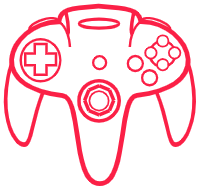“LORD OF MONITORS: SAMSUNG ODYSSEY G9 CURVED GAMING MONITOR”
Two years ago, Samsung introduced the Odyssey monitor series, which totally altered the game for player monitors. Up to that point, player monitors lagged behind televisions in key technological areas. However, the G7 and G9 models offered both the QLED television’s visual quality and the low response and high frequency gaming capabilities. We came upon a display with features we had never seen before when the 49″ gigantic size and 1000R twist of the Odyssey G9 were added to this. Samsung is now putting a higher standard in place with the new Odyssey Neo G9.
In other countries, the Samsung Odyssey Neo G9 was only briefly available at the end of the summer; our country only received it three weeks ago. I’ve been following it ever since it was first announced, and I kept calling Samsung to find out when it would arrive. Luckily, they sent one as quickly as it did, and I’ve had it for three weeks without stopping. Yet I also find it hard to believe that such a monitor exists and that I’m using it as a hardware editor who grew up using 14″ monochrome monitors. I believe my emotions are similar to William Shatner’s in space.
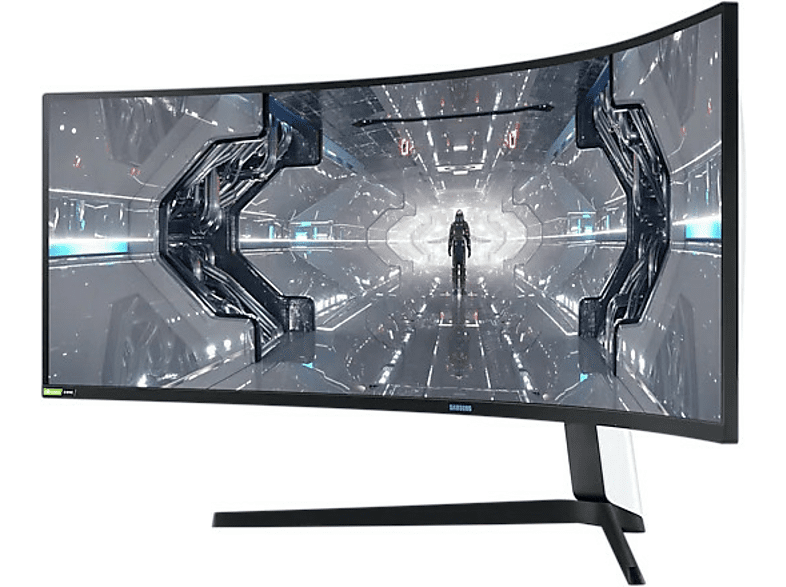
In actuality, the Odyssey Neo G9 looks exactly the same as the earlier version from the outside. A magnificent 49″ screen that doubles as two monitors is on one side, with a deep twist that wraps around you, and a glossy white case that seems like it belongs in a science fiction film on the other. There are also many similar technical features, including the refresh frequency. Because the rear panel illumination is where this new model differs the most. Neo G9, a Quantum Mini-LED monitor, replaces the previous Quantum LED model. By virtue of the “Mini” distinction, it is also the world’s newest and most cutting-edge display technology. Mini-LED has only been used on the priciest tablets and TVs up to this point, and I’m now using it on a gaming display for the first time. I haven’t even seen another company advertising a Small LED monitor with these specifications.
What is the dexterity of mini-LED?
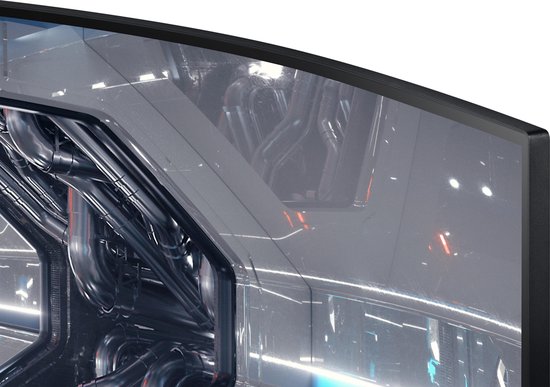
What distinguishes a tiny LED? Consider converting the light source at the back into 2048 tiny LEDs. Any LED can independently flash. As a result, the other half of the screen may be completely dark while one portion is bright. None of the lights or brilliance conflict with one another. You can see the difference, for instance, when you move a white box on a screen that is entirely black. Beginning with the pixel immediately adjacent to the white region and continuing all the way to the edge of the screen, everything in traditional LED LCD monitors lights up and changes to various colors of gray. On the Neo G9’s Mini-LED display, however, you can plainly see that there is a distinct border between white and black, with the remainder of the monitor remaining entirely black.
Prior to this generation, Samsung’s most expensive 8K QLED televisions had fewer local dimming zones. This technology has never been used in gaming monitors. This display has exactly 2048 thanks to Quantum Mini-LED technology. The technology of monitors has undergone a revolution. As of now, OLED monitors are the only devices that can produce a comparable effect, but as you may know, even if OLEDs are utilized in TVs, using one on a computer is highly challenging. Windows logos, shutting windows, and crossed-out icons accumulate over time.
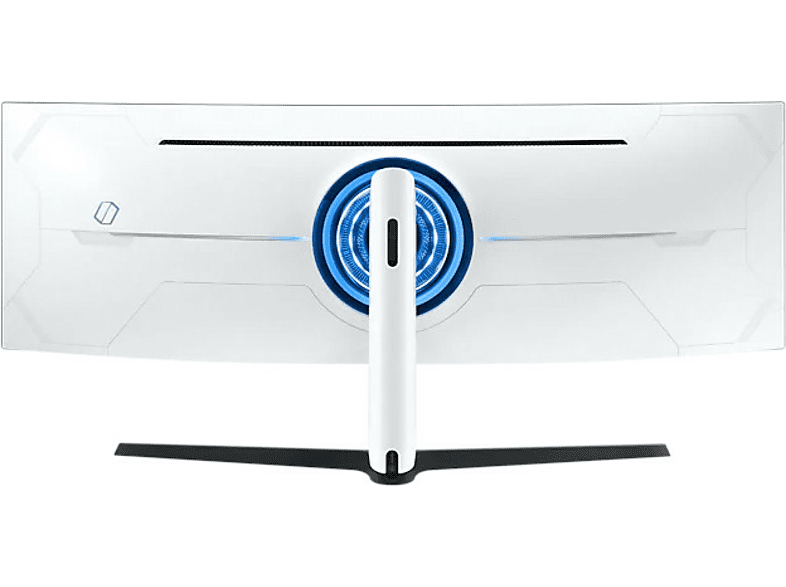
A glow in the middle of the dark
But in addition to making life easier in games, this also makes using your computer at night considerably more comfortable. With a black background and without interlacing, you can experience crisp and fluid writing while writing, reading, on forums, Reddit, and social media. The gray on the screen doesn’t get disorganized.
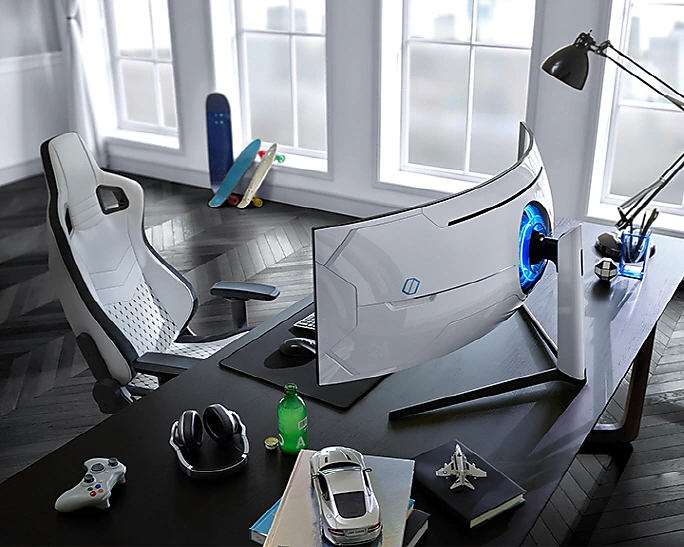
Quantum Mini-LEDs offer more advantages than just rich, accurate blacks. This backlight has 2048 individual LEDs, making it much more powerful and bright. In other words, there is a significant difference when you play a bright, dazzling, and HDR-compatible game like Forza Horizon. Because the Odyssey G9’s 2000 nits of brightness can accurately portray bright settings. In any case, this display is HDR 2000; previously, we’ve seen HDR 400 and HDR 800, but this is the first I’ve heard of HDR 2000; previously, there was no such brightness or standard. These HDR logos are distributed in accordance with VESA association standards, which expire in 1400. They failed to consider the possibility that an HDR 2000 monitor would be released in the future.
This makes the HDR effect much more noticeable in games, so you won’t bother using a computer or playing games outside during the day when the light might reflect off the glass monitor. This is a major benefit.
Legacies from the past
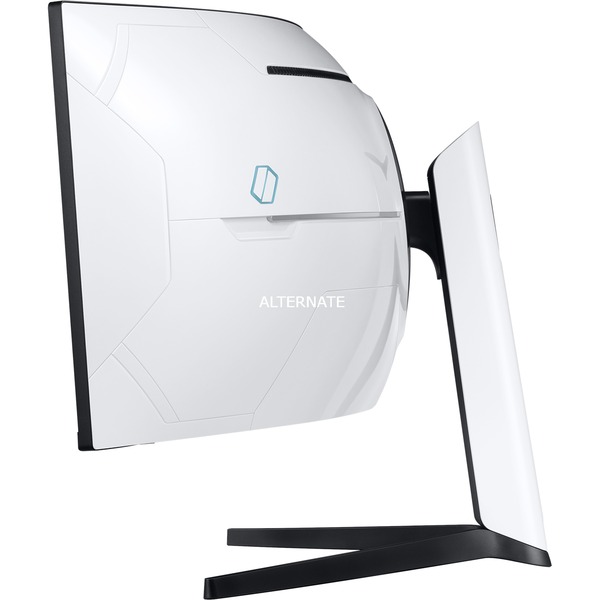
The secret of experience is in the twist
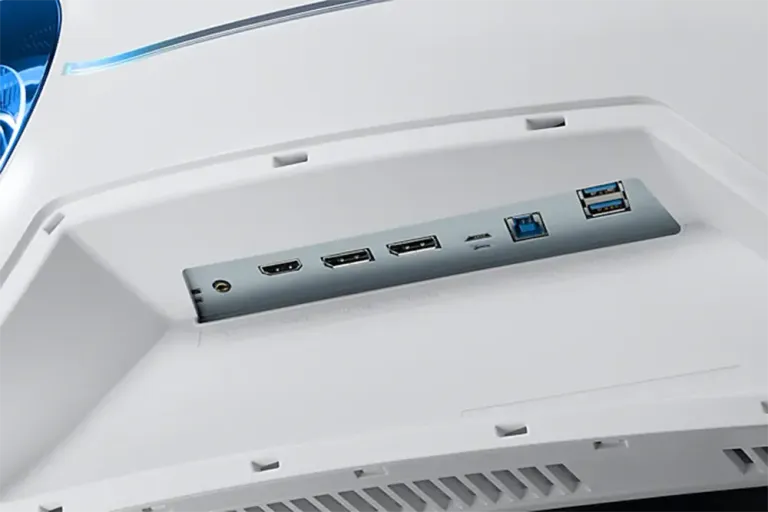
overall characteristics
Conclusion
Price
Also read our other Articles
